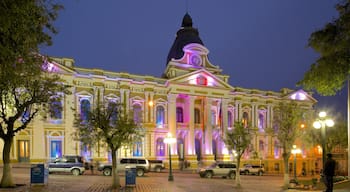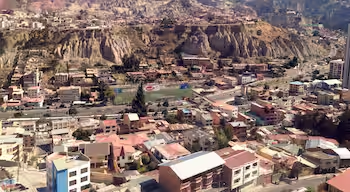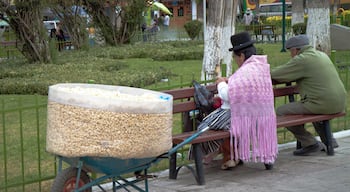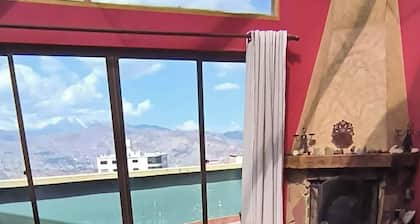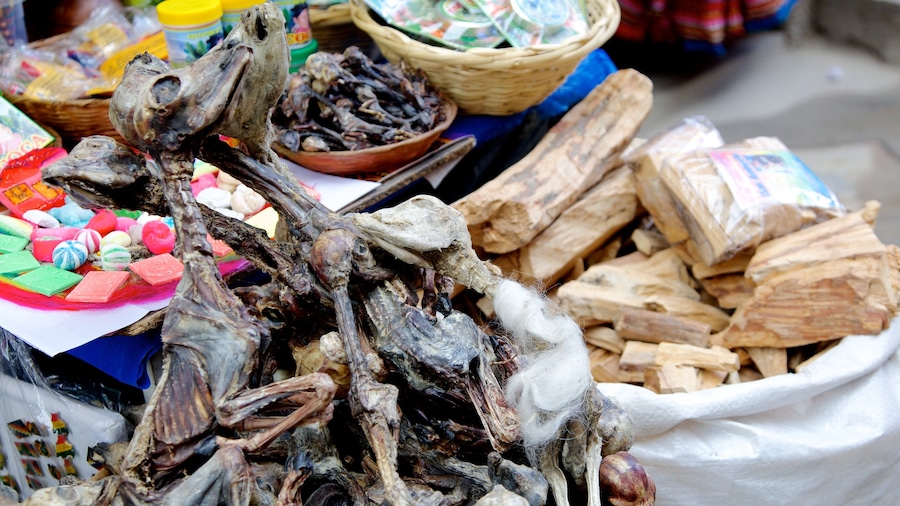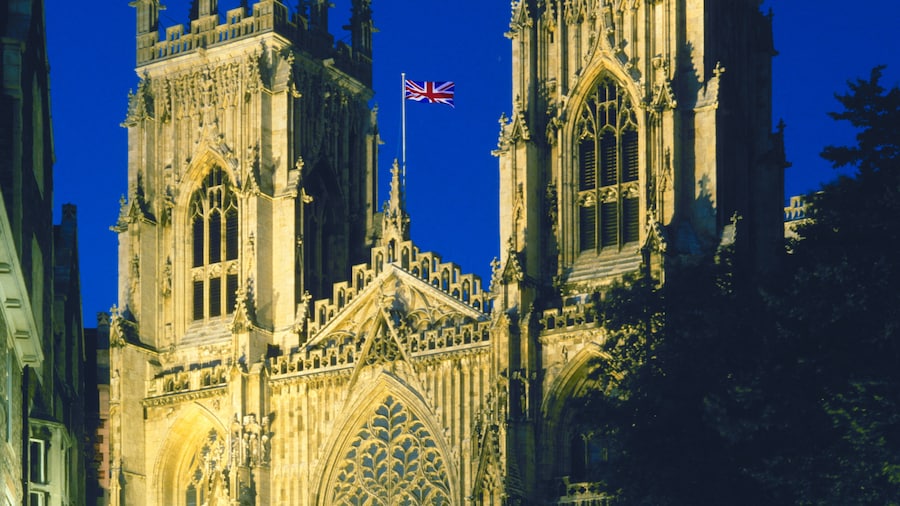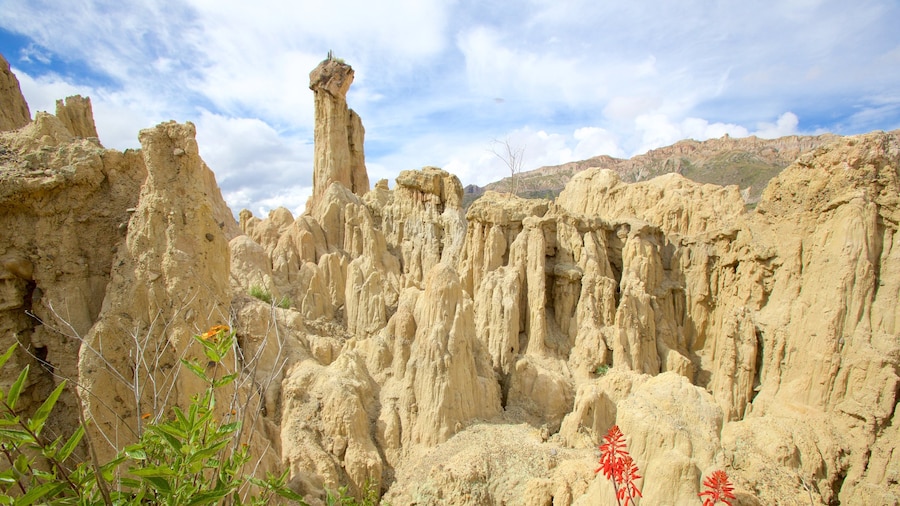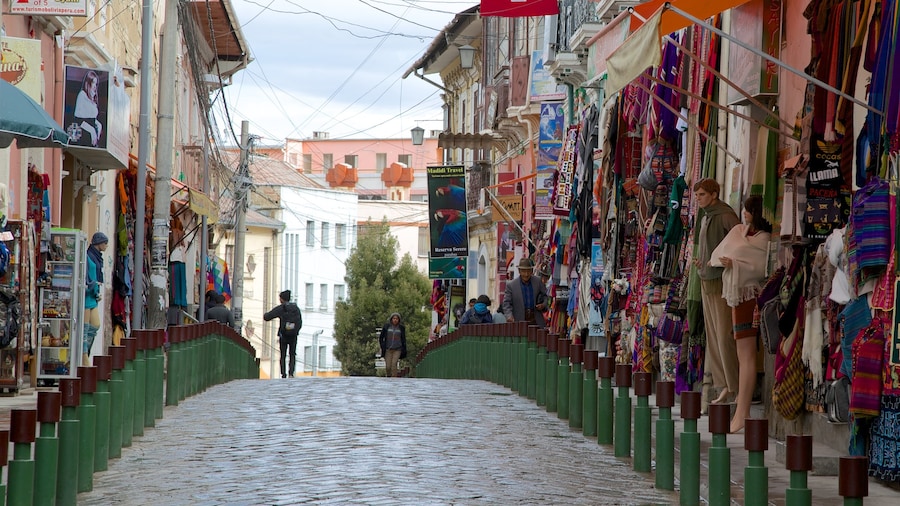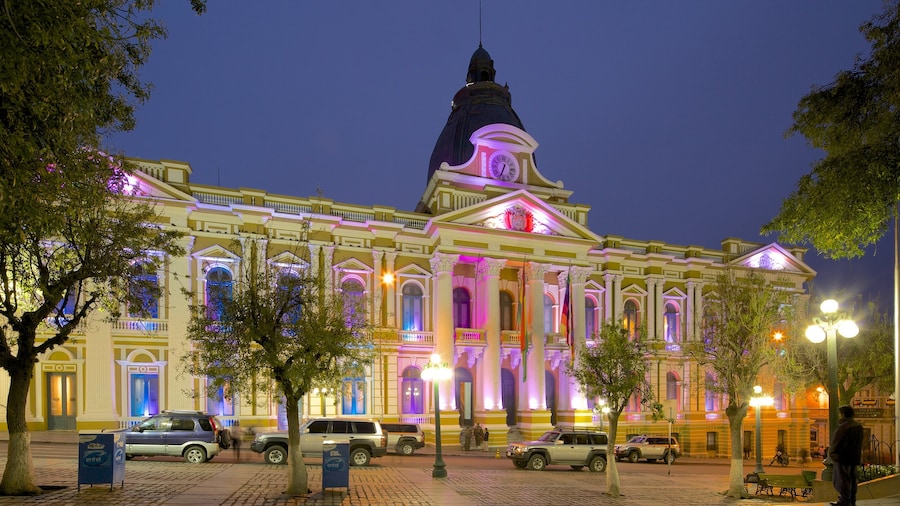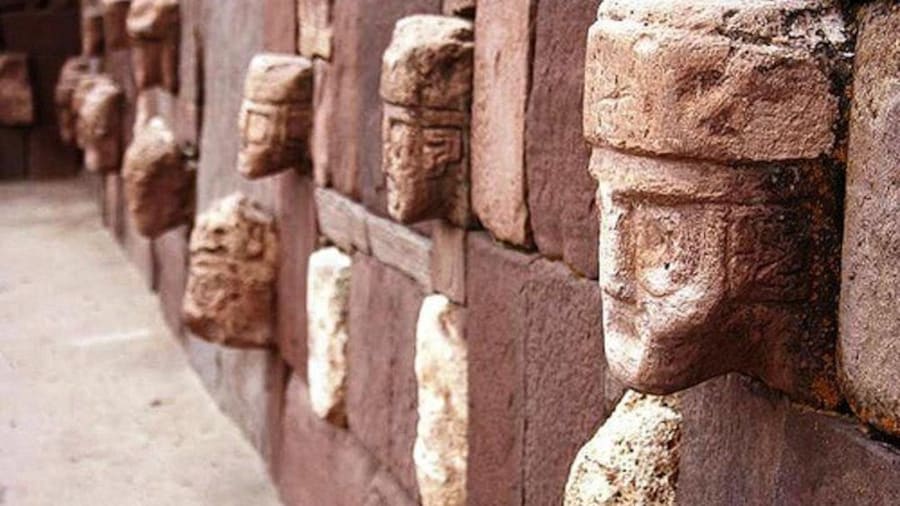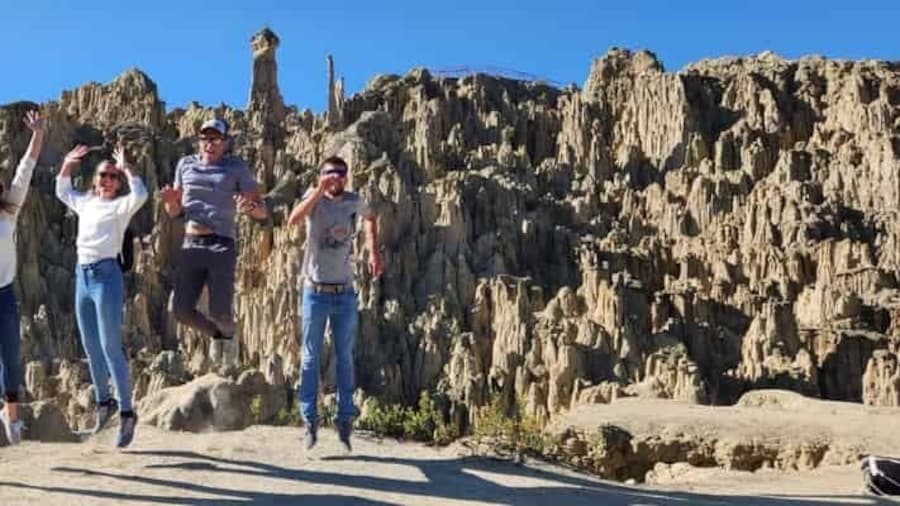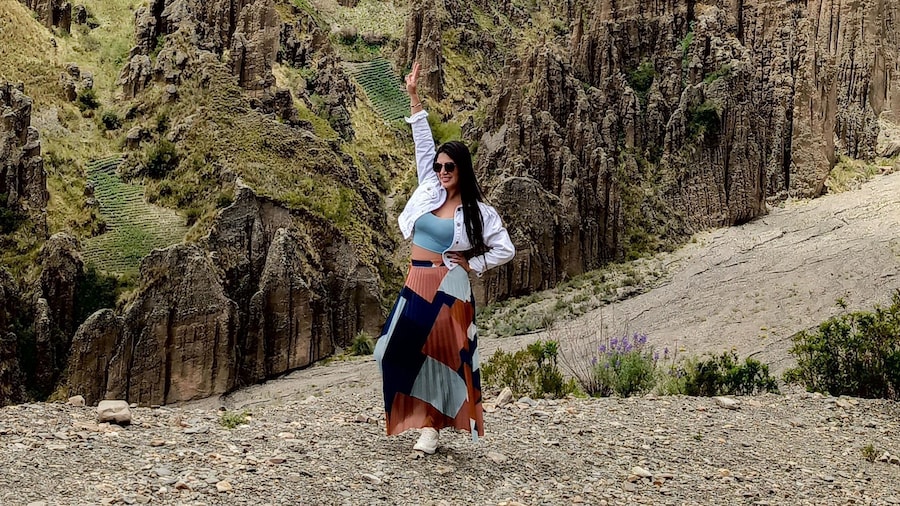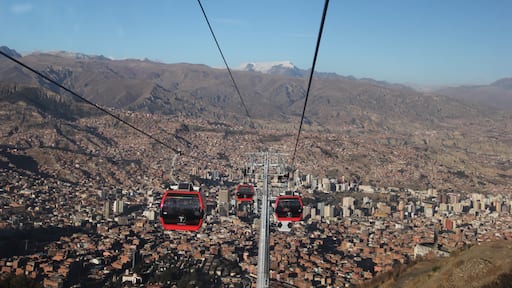In the Old City of La Paz, with its colonial heritage and ancient customs, you may feel like you have stepped back in time. The indigenous Bolivians still wear handwoven costumes and bowler hats, but the modern city dwellers also embrace new comforts and trends from all over the world. Visitors are often surprised to find a good mix of interesting restaurants, bars and art museums.
La Paz is officially called La Ciudad de Nuestra Señora de la Paz (The City of Our Lady of the Peace). The regular street protests remind visitors that La Paz is the seat of government of Bolivia, but its constitutional capital is Sucre.
With the El Alto International Airport at 13,313 feet (4,058 meters) above sea level, La Paz can literally take your breath away. Acclimatize before walking to the many attractions in the steep inner-city streets, otherwise take a taxi or shared “mini bus.”
Start in the city’s historical heart, Plaza Murillo, to admire the Presidential Palace, Cathedral Murillo and National Museum of Art.
In Calle Jaén, a cobblestoned street, small museums display Bolivia’s rich culture. Find gold and silver artifacts in the Museo de Metales Preciosos and discover Latin American sounds at the Museo de Instrumentos Musicales. Nearby is the Museo de la Coca, displaying the traditional uses of the coca plant. At the Witches’ Market, indigenous Aymara women sell herbal remedies and curious offerings.
Enjoy street performances and handicraft shopping on Plaza San Francisco and climb the clock tower of the San Francisco Church. It overlooks Calle Sagárnaga, the city’s long-time travelers’ hub. To enjoy panoramic views, get a taxi to Mirador Laikakota. See how the more affluent lower city is overshadowed by slums clinging to the mountain slopes.
La Paz is the gateway to the snowcapped Illimani mountain, ragged peaks in the Valle de la Luna, almost impenetrable jungle of the Amazon Basin, shimmering salt flats of Uyuni and the mystical islands of Lake Titicaca.





